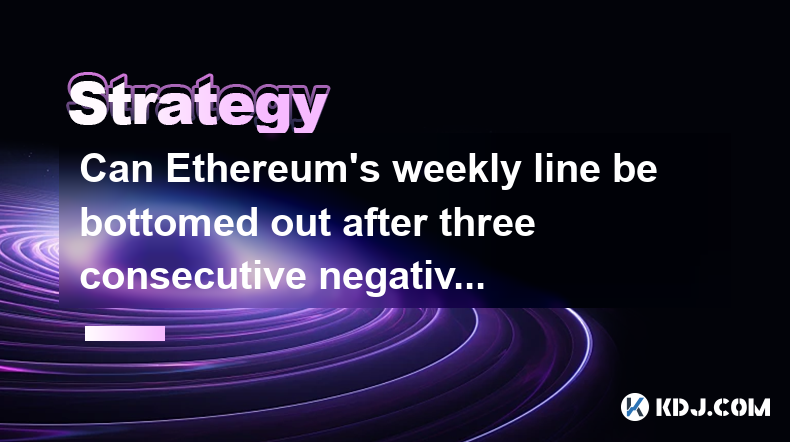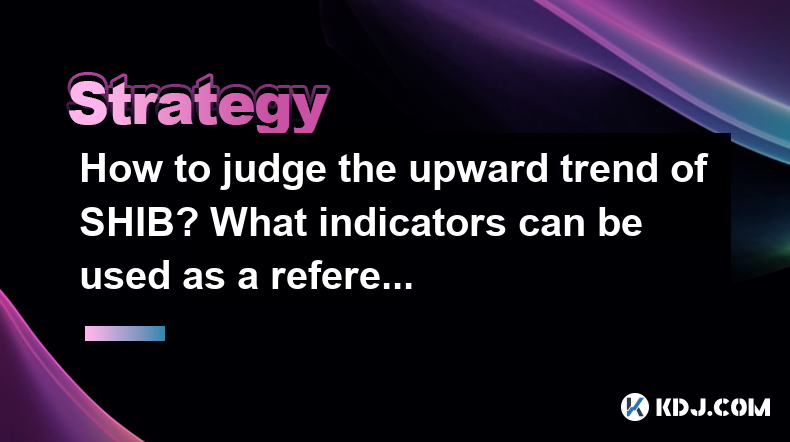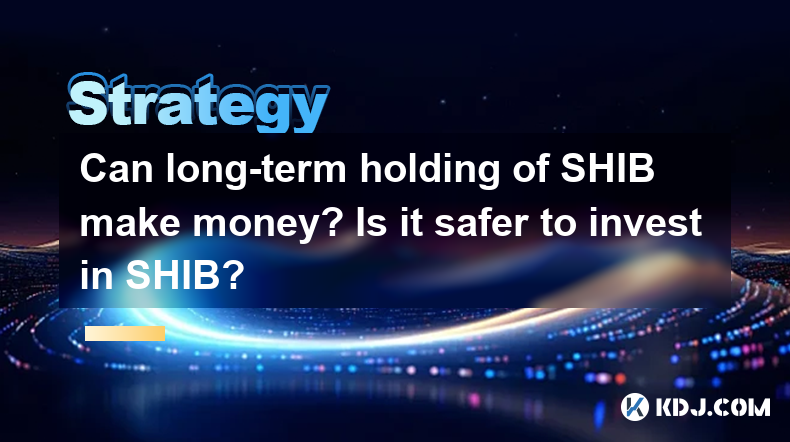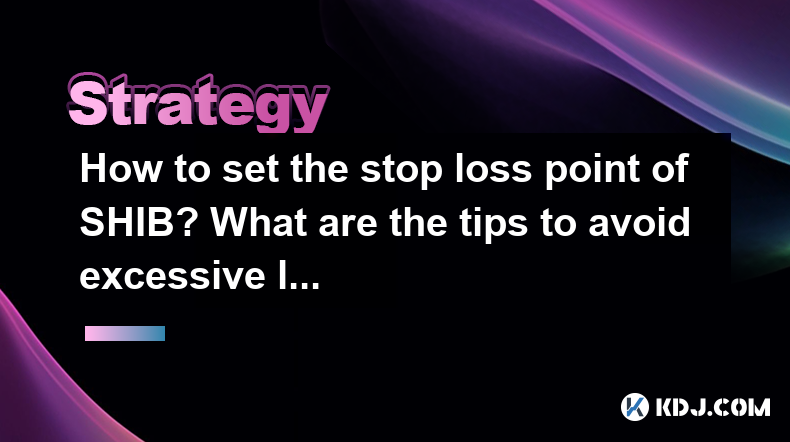-
 Bitcoin
Bitcoin $94,850.5610
1.55% -
 Ethereum
Ethereum $1,796.8942
1.49% -
 Tether USDt
Tether USDt $1.0004
0.00% -
 XRP
XRP $2.2941
2.45% -
 BNB
BNB $605.0027
0.56% -
 Solana
Solana $147.8238
1.31% -
 USDC
USDC $1.0001
0.02% -
 Dogecoin
Dogecoin $0.1781
1.08% -
 Cardano
Cardano $0.7008
1.30% -
 TRON
TRON $0.2476
1.27% -
 Sui
Sui $3.5514
2.04% -
 Chainlink
Chainlink $15.0472
3.89% -
 Avalanche
Avalanche $21.7983
2.16% -
 Stellar
Stellar $0.2826
-0.19% -
 UNUS SED LEO
UNUS SED LEO $8.9741
-1.12% -
 Toncoin
Toncoin $3.2602
0.72% -
 Shiba Inu
Shiba Inu $0.0...01375
2.54% -
 Hedera
Hedera $0.1895
-0.22% -
 Bitcoin Cash
Bitcoin Cash $366.0665
6.24% -
 Polkadot
Polkadot $4.2729
5.14% -
 Litecoin
Litecoin $86.1258
1.65% -
 Hyperliquid
Hyperliquid $18.6229
8.43% -
 Dai
Dai $1.0001
0.00% -
 Bitget Token
Bitget Token $4.4214
3.26% -
 Monero
Monero $268.3691
0.03% -
 Ethena USDe
Ethena USDe $0.9996
0.01% -
 Pi
Pi $0.6065
-2.27% -
 Pepe
Pepe $0.0...08845
0.99% -
 Aptos
Aptos $5.6008
5.04% -
 Uniswap
Uniswap $5.4137
0.27%
Can Ethereum's weekly line be bottomed out after three consecutive negatives?
Ethereum's weekly line chart is key for traders; three consecutive negatives may signal a bottom, but volume and sentiment are crucial factors to consider.
Apr 24, 2025 at 10:56 am

In the dynamic world of cryptocurrencies, understanding market trends and patterns is crucial for investors and traders alike. One of the significant aspects of technical analysis in this field is the examination of weekly line charts, particularly for major cryptocurrencies like Ethereum. The question of whether Ethereum's weekly line can be bottomed out after three consecutive negatives is a topic of interest and concern for many in the crypto community. This article delves into this subject, providing a comprehensive analysis and insights into Ethereum's market behavior.
Understanding the Weekly Line Chart
The weekly line chart is a crucial tool in the arsenal of any cryptocurrency trader. It provides a broader view of the market's movements over a week, smoothing out daily volatility and offering a clearer picture of long-term trends. For Ethereum, this chart is particularly important due to its volatility and the significant impact it has on the overall crypto market.
When analyzing Ethereum's weekly line chart, it's essential to look at the closing prices of each week. A negative week is one where the closing price is lower than the opening price, indicating a bearish trend. Three consecutive negative weeks can signal a strong downward momentum, but it does not necessarily mean that the market has bottomed out.
Factors Influencing Ethereum's Market Bottom
Several factors can influence whether Ethereum's weekly line can be considered to have bottomed out after three consecutive negatives. These include:
Market Sentiment: The overall sentiment in the crypto market can significantly affect Ethereum's price. If the sentiment is bearish, it might take longer for the market to bottom out.
Fundamental Developments: Any significant updates or changes in Ethereum's network, such as upgrades or new partnerships, can impact its price and potentially signal a bottom.
Technical Indicators: Other technical indicators, such as the Relative Strength Index (RSI) or Moving Averages, can provide additional insights into whether Ethereum's price is likely to rebound.
External Economic Factors: Macroeconomic events, such as changes in interest rates or regulatory news, can also play a role in determining whether Ethereum's weekly line has bottomed out.
Analyzing Historical Data
To understand whether Ethereum's weekly line can be bottomed out after three consecutive negatives, it's helpful to look at historical data. By examining past instances where Ethereum experienced three consecutive negative weeks, we can identify patterns and potential outcomes.
For instance, in the past, there have been periods where Ethereum's price continued to decline after three negative weeks, indicating that the market had not yet bottomed out. Conversely, there have also been instances where the price rebounded shortly after, suggesting that the market had indeed reached a bottom.
The Role of Volume in Confirming a Bottom
Volume is another critical factor to consider when determining if Ethereum's weekly line has bottomed out. A significant increase in trading volume during or after three consecutive negative weeks can indicate that the market is reaching a bottom. High volume suggests that there is strong interest in Ethereum at the current price levels, which can lead to a reversal.
Conversely, if the volume remains low, it might indicate that the market has not yet found a bottom, and the downward trend could continue. Therefore, traders should closely monitor volume alongside the weekly line chart to make informed decisions.
Strategies for Trading After Three Consecutive Negatives
When Ethereum experiences three consecutive negative weeks, traders need to adopt specific strategies to navigate the market effectively. Here are some approaches that can be employed:
Wait for Confirmation: Instead of immediately buying or selling based on three negative weeks, traders should wait for additional confirmation signals. This could include a positive weekly close or a significant increase in volume.
Use Stop-Loss Orders: Implementing stop-loss orders can help manage risk if the market continues to decline after three negative weeks. This ensures that losses are minimized.
Diversify Holdings: Diversifying investments across different cryptocurrencies can mitigate the risk associated with a potential continued decline in Ethereum's price.
Monitor Technical Indicators: Keeping an eye on other technical indicators, such as the RSI or MACD, can provide additional insights into whether the market is likely to reverse or continue its downward trend.
Case Studies of Ethereum's Market Behavior
Examining specific case studies can provide further clarity on whether Ethereum's weekly line can be bottomed out after three consecutive negatives. Let's look at a few examples:
Case Study 1: In early 2020, Ethereum experienced three consecutive negative weeks, followed by a significant rebound. The increase in volume and positive market sentiment at the time contributed to this reversal.
Case Study 2: In late 2018, Ethereum saw three negative weeks, but the market continued to decline for several more weeks. In this case, the lack of volume and negative sentiment prolonged the bearish trend.
Case Study 3: In mid-2021, Ethereum had three negative weeks, but the market quickly found a bottom due to positive developments in the Ethereum ecosystem and a surge in volume.
These case studies illustrate that the outcome after three consecutive negative weeks can vary significantly based on various factors, and traders should consider the broader context before making decisions.
The Importance of Patience and Discipline
In the volatile world of cryptocurrencies, patience and discipline are key virtues for traders. After three consecutive negative weeks for Ethereum, it's crucial not to make impulsive decisions based solely on this pattern. Instead, traders should take a holistic approach, considering all relevant factors and waiting for clear signals before acting.
By maintaining discipline and adhering to a well-thought-out trading strategy, investors can navigate the market more effectively and potentially capitalize on opportunities that arise after a period of decline.
Frequently Asked Questions
Q1: How can I identify a potential bottom in Ethereum's weekly line chart?
A1: To identify a potential bottom in Ethereum's weekly line chart, look for a combination of factors such as a positive weekly close following three negative weeks, an increase in trading volume, and supportive signals from other technical indicators like the RSI or MACD. Additionally, consider the overall market sentiment and any fundamental developments in the Ethereum ecosystem.
Q2: What are the risks of buying Ethereum immediately after three consecutive negative weeks?
A2: Buying Ethereum immediately after three consecutive negative weeks carries the risk that the market has not yet bottomed out and could continue to decline. This could result in further losses if the price continues to drop. It's essential to wait for additional confirmation signals and to use risk management tools like stop-loss orders to mitigate potential losses.
Q3: How important is volume in determining whether Ethereum's weekly line has bottomed out?
A3: Volume is crucial in determining whether Ethereum's weekly line has bottomed out. A significant increase in volume during or after three consecutive negative weeks can indicate strong buying interest at current price levels, suggesting that the market may be reaching a bottom. Conversely, low volume might indicate that the market has not yet found a bottom, and the downward trend could persist.
Q4: Can fundamental developments in Ethereum's network influence whether the weekly line has bottomed out?
A4: Yes, fundamental developments in Ethereum's network can significantly influence whether the weekly line has bottomed out. Positive updates, such as network upgrades or new partnerships, can boost market confidence and lead to a price rebound. Conversely, negative developments can prolong a bearish trend. Therefore, traders should stay informed about Ethereum's ecosystem when analyzing market trends.
Disclaimer:info@kdj.com
The information provided is not trading advice. kdj.com does not assume any responsibility for any investments made based on the information provided in this article. Cryptocurrencies are highly volatile and it is highly recommended that you invest with caution after thorough research!
If you believe that the content used on this website infringes your copyright, please contact us immediately (info@kdj.com) and we will delete it promptly.
- Shiba Inu (SHIB) Faces Fresh Selling Pressure After Hackers Offload Enormous Amount of Tokens
- 2025-04-29 10:40:12
- Unstaked: A Project Built Without Private Sales or VC Control
- 2025-04-29 10:40:12
- BONK price is up 73% since April 22, hitting a five-month high of $0.00002167.
- 2025-04-29 10:35:12
- 7 Meme Coins to Watch in 2025: Troller Cat ($TCAT) Prepares to Unleash a Tsunami of Gains
- 2025-04-29 10:35:12
- What’s better than a service that never sleeps? One that grows brands around the clock.
- 2025-04-29 10:30:12
- Bitget (BGB) Burns 30M Tokens, HYPE Steadies Above $16, but Unstaked's $0.006695 Presale Offers 2700% ROI
- 2025-04-29 10:30:12
Related knowledge

What are the short-selling strategies for SHIB? How to hedge the risk of decline?
Apr 29,2025 at 03:49am
In the world of cryptocurrencies, short-selling strategies and hedging against potential declines are crucial for managing risk, especially with volatile assets like SHIB (Shiba Inu). This article will delve into various short-selling strategies for SHIB and explore ways to hedge the risk of decline. Understanding Short-Selling in the Context of SHIBSho...

How to find the support and resistance levels of SHIB? Is technical analysis useful?
Apr 29,2025 at 12:28am
Introduction to Support and Resistance Levels in SHIBWhen trading or investing in cryptocurrencies like Shiba Inu (SHIB), understanding the concept of support and resistance levels is crucial. These levels help traders predict potential price movements and make informed decisions. Support levels are price points where a downtrend can be expected to paus...

What should I do when SHIB plummets? Is it more appropriate to cut losses or cover positions?
Apr 29,2025 at 10:35am
When the value of SHIB, or Shiba Inu cryptocurrency, plummets, investors often face a critical decision: whether to cut their losses or to cover their positions. This article will delve into the strategies and considerations you should weigh before making such a decision, focusing specifically within the scope of the cryptocurrency circle. Understanding...

How to judge the upward trend of SHIB? What indicators can be used as a reference?
Apr 29,2025 at 10:14am
How to judge the upward trend of SHIB? What indicators can be used as a reference? Understanding the upward trend of a cryptocurrency like Shiba Inu (SHIB) involves analyzing various technical and fundamental indicators. These indicators help traders and investors make informed decisions about when to buy or sell SHIB. This article will delve into the k...

Can long-term holding of SHIB make money? Is it safer to invest in SHIB?
Apr 29,2025 at 09:21am
Introduction to SHIBShiba Inu (SHIB) is a decentralized cryptocurrency that was launched in August 2020. It is often referred to as a 'meme coin' due to its origins from the popular Dogecoin meme featuring the Shiba Inu dog breed. SHIB operates on the Ethereum blockchain as an ERC-20 token, which means it benefits from the security and infrastructure of...

How to set the stop loss point of SHIB? What are the tips to avoid excessive losses?
Apr 29,2025 at 05:00am
Understanding Stop Loss in Cryptocurrency TradingSetting a stop loss is a critical strategy for managing risk in cryptocurrency trading, especially when dealing with volatile assets like Shiba Inu (SHIB). A stop loss order is an instruction to sell a cryptocurrency when it reaches a certain price level, which helps to limit an investor's loss on a posit...

What are the short-selling strategies for SHIB? How to hedge the risk of decline?
Apr 29,2025 at 03:49am
In the world of cryptocurrencies, short-selling strategies and hedging against potential declines are crucial for managing risk, especially with volatile assets like SHIB (Shiba Inu). This article will delve into various short-selling strategies for SHIB and explore ways to hedge the risk of decline. Understanding Short-Selling in the Context of SHIBSho...

How to find the support and resistance levels of SHIB? Is technical analysis useful?
Apr 29,2025 at 12:28am
Introduction to Support and Resistance Levels in SHIBWhen trading or investing in cryptocurrencies like Shiba Inu (SHIB), understanding the concept of support and resistance levels is crucial. These levels help traders predict potential price movements and make informed decisions. Support levels are price points where a downtrend can be expected to paus...

What should I do when SHIB plummets? Is it more appropriate to cut losses or cover positions?
Apr 29,2025 at 10:35am
When the value of SHIB, or Shiba Inu cryptocurrency, plummets, investors often face a critical decision: whether to cut their losses or to cover their positions. This article will delve into the strategies and considerations you should weigh before making such a decision, focusing specifically within the scope of the cryptocurrency circle. Understanding...

How to judge the upward trend of SHIB? What indicators can be used as a reference?
Apr 29,2025 at 10:14am
How to judge the upward trend of SHIB? What indicators can be used as a reference? Understanding the upward trend of a cryptocurrency like Shiba Inu (SHIB) involves analyzing various technical and fundamental indicators. These indicators help traders and investors make informed decisions about when to buy or sell SHIB. This article will delve into the k...

Can long-term holding of SHIB make money? Is it safer to invest in SHIB?
Apr 29,2025 at 09:21am
Introduction to SHIBShiba Inu (SHIB) is a decentralized cryptocurrency that was launched in August 2020. It is often referred to as a 'meme coin' due to its origins from the popular Dogecoin meme featuring the Shiba Inu dog breed. SHIB operates on the Ethereum blockchain as an ERC-20 token, which means it benefits from the security and infrastructure of...

How to set the stop loss point of SHIB? What are the tips to avoid excessive losses?
Apr 29,2025 at 05:00am
Understanding Stop Loss in Cryptocurrency TradingSetting a stop loss is a critical strategy for managing risk in cryptocurrency trading, especially when dealing with volatile assets like Shiba Inu (SHIB). A stop loss order is an instruction to sell a cryptocurrency when it reaches a certain price level, which helps to limit an investor's loss on a posit...
See all articles






















































































